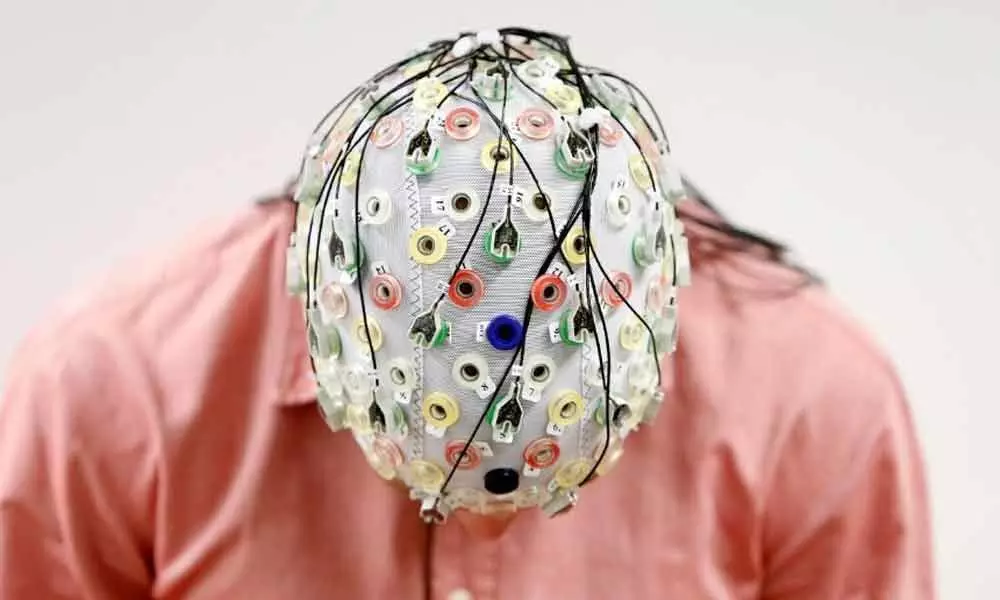Microbleeds After Head Injury May Worsen Outcomes: Study

Researchers have discovered that traumatic microbleeds, which appear as small, dark lesions on MRI scans after head injury, are a form of injury to brain blood vessels, and may predict worse outcomes, an advance which may lead to new treatment protocol for such injuries.
New York: Researchers have discovered that traumatic microbleeds, which appear as small, dark lesions on MRI scans after head injury, are a form of injury to brain blood vessels, and may predict worse outcomes, an advance which may lead to new treatment protocol for such injuries.
The study, published in the journal Brain, involved 439 adult participants who experienced head injury, and were treated in the emergency department.
The researchers, including those from Cold Spring Harbor Laboratory in the US, said that the patients underwent MRI scans within 48 hours of injury, and again during four subsequent visits.
The participants also completed behavioral and outcome questionnaires, the study noted.
The findings revealed that 31 percent of all the subjects had evidence of microbleeds on their brain scans.
Nearly 60 per cent of the participants with severe head injury showed microbleeds, and another 27 per cent exhibited mild cases, the researchers said.
According to the researchers, the microbleeds appeared as either linear streaks or dotted, also referred to as punctate, lesions.
The majority of patients who had microbleeds had both types, the study noted.
The study also revealed that the frontal lobes of the brain were most likely to show microbleeds.
"While we know that damage to brain cells can be devastating, the exact impact of this vascular injury following head trauma is uncertain and requires further study," said study co-author Laurence Latour of the National Institute of Neurological Disorders and Stroke (NINDS) in the US.
The researchers noted that the patients with microbleeds were more likely to have a greater level of disability compared to patients without microbleeds.
According to the researchers, microbleeds following brain injury may be a potential biomarker for identifying which patients may be candidates for treatments targeting vascular injury.

















